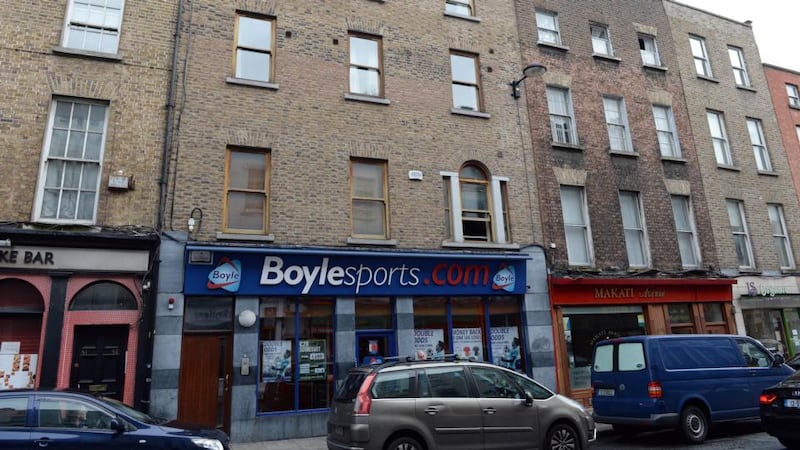75-78 St Stephen's Green
In 1867 Charles Stuart Parnell bought four houses – 75-78 – on the southern side of St Stephen's Green, Dublin 2, from Sir Robert Howard. Eight years later, having fallen on harder times, he sold a 1,000- year lease on the lot to a Robert Johnson. In 1879 Parnell was given a lifetime lease on 77 by an Elizabeth Magan, at a knock-down rent of £23 a year. This was 75 per cent less than Munster Bank was paying for its lease on the building next door. Today that site is occupied by the US investment bank Cantor Fitzgerald. Loreto Hall, owned and occupied by the Loreto nuns, is at number 77. The order runs the nearby school. The last of the Parnell houses, no 78, is now occupied by the Department of Foreign Affairs.
86 St Stephen's Green
86 St Stephen's Green was built in the middle of the 18th century by Richard Chapell Whaley, whose family lived there. His son Thomas was better known by his nickname, Buck Whaley, now the name of a nearby nightclub. The Whaley home eventually passed into the ownership of Charles Bianconi – two-time mayor of Clonmel and the man who brought public transport to Ireland, in 1874. Bianconi was acting as an intermediary for Cardinal John Henry Newman, who figured the Catholic-hating Whaleys would be reluctant to sell to him. Newman used it as the site of the Catholic University of Ireland, which became the National University of Ireland. Curator Ruth Ferguson took The Irish Times on an impromptu tour of the building, which is as beautifully maintained as when James Joyce walked through its doors, clutching his BA, in 1902.
49-50 Capel Street
Capel Street, Dublin 1, is now home to sex shops and second-hand stores, but it was once among the city's most fashionable streets. Arthur Guinness, the property-developing great-grandson of the brewer, owned 49 and 50; 49 was bought by the Kearney family, whose son Peadar wrote the lyrics to Amhrán na bhFiann in 1907. Today it's a betting shop.












